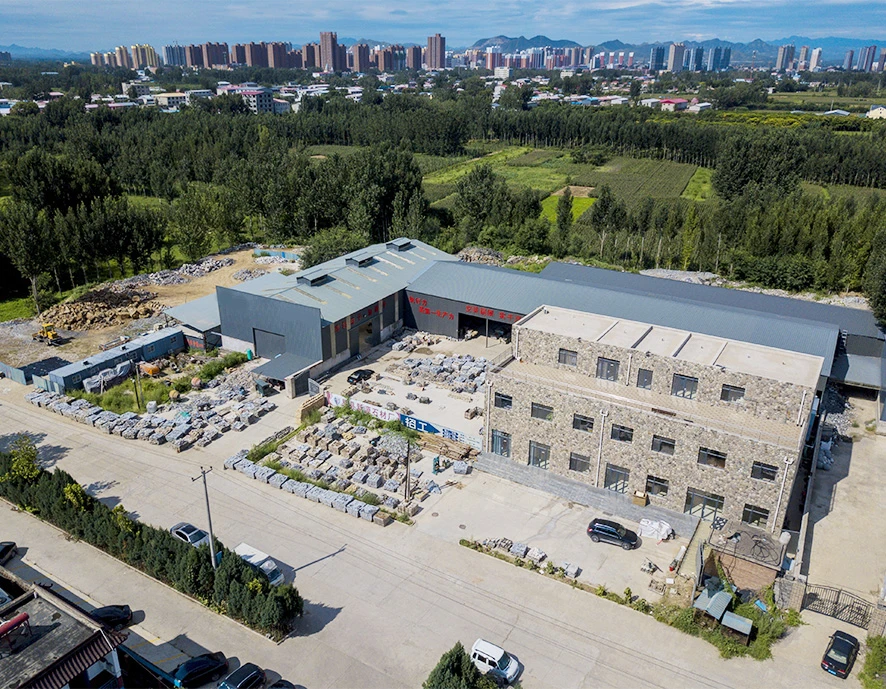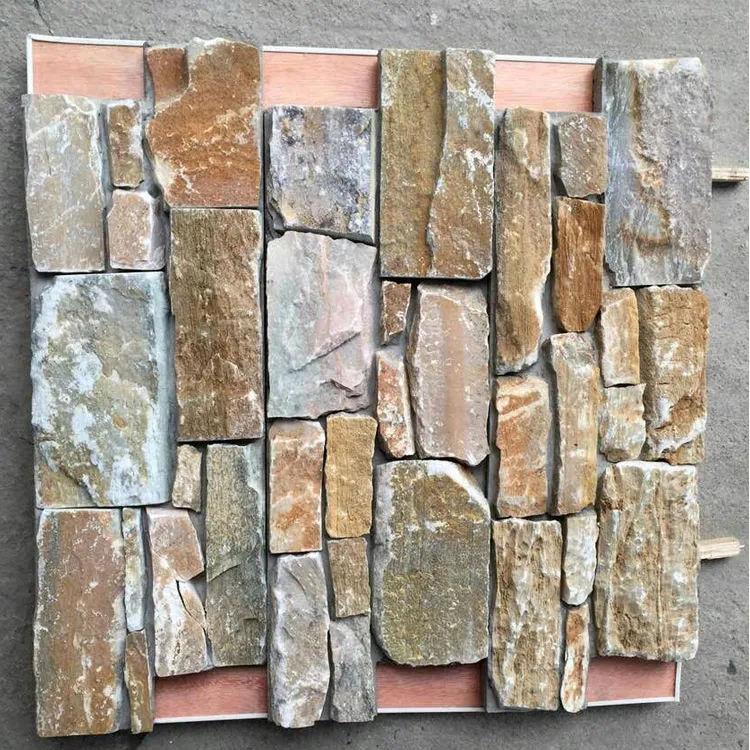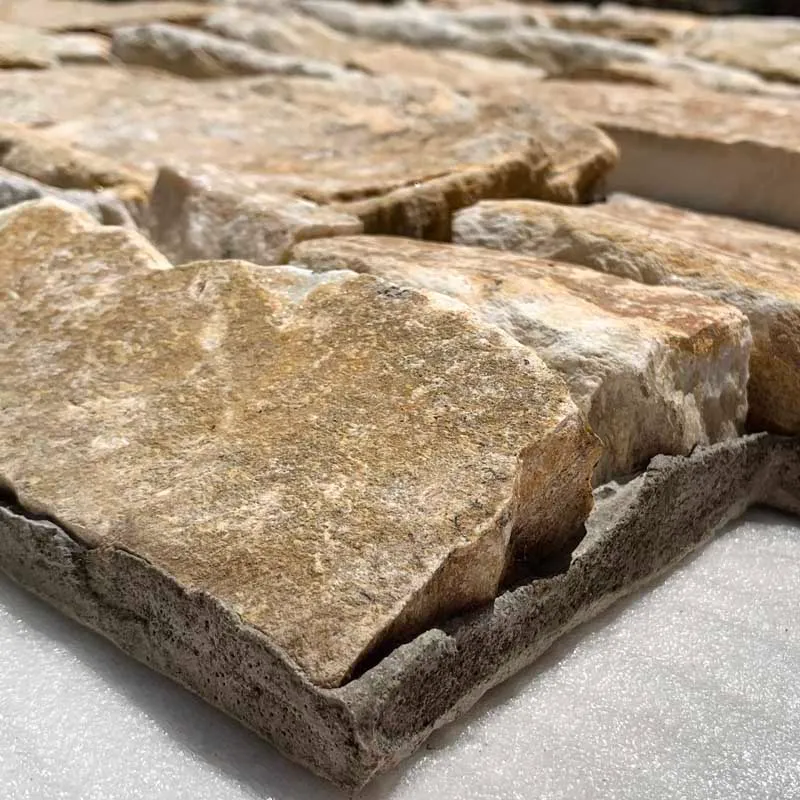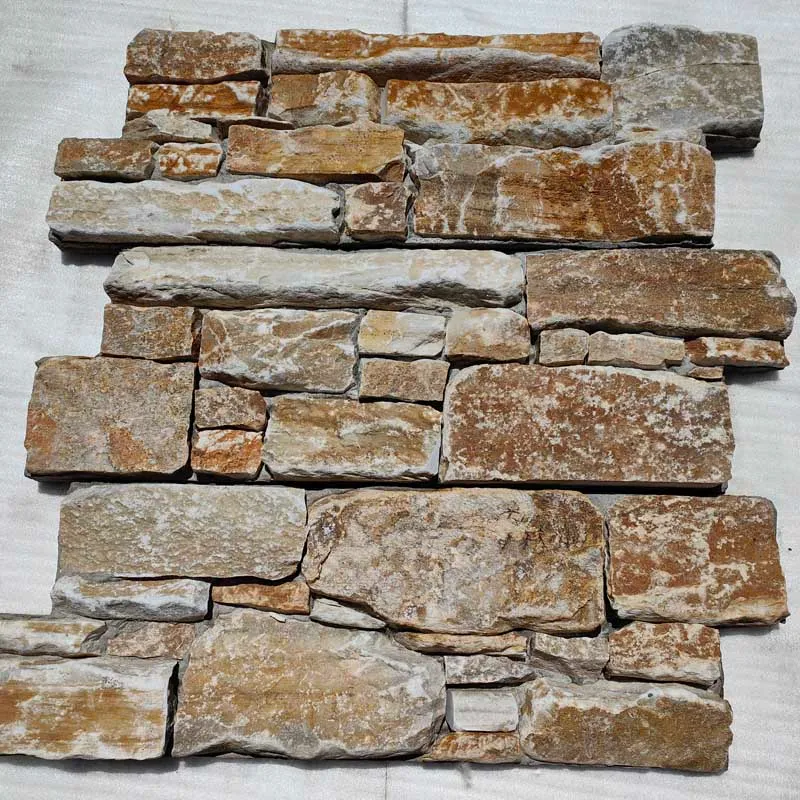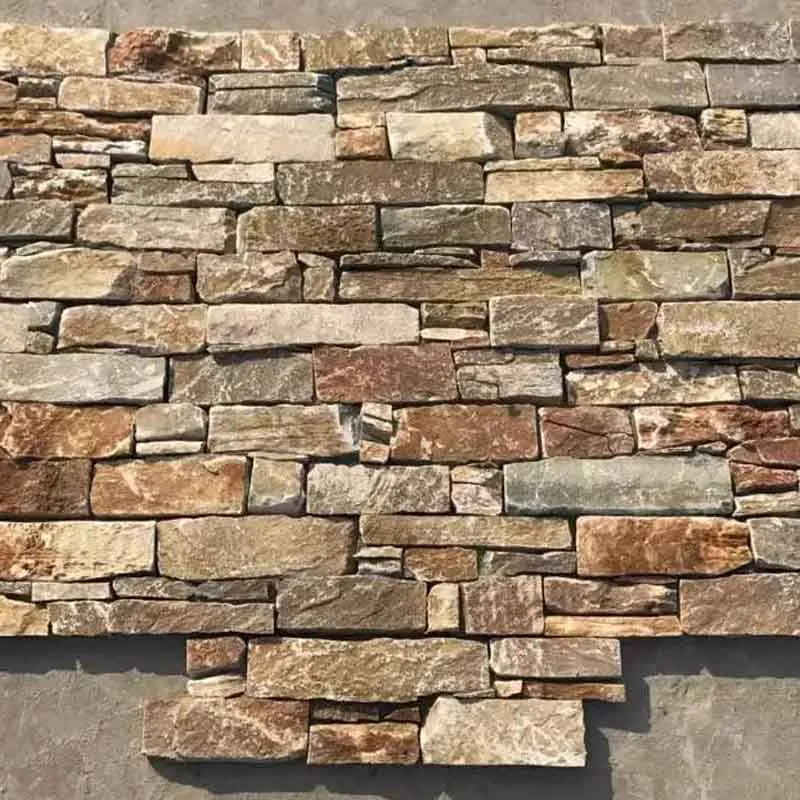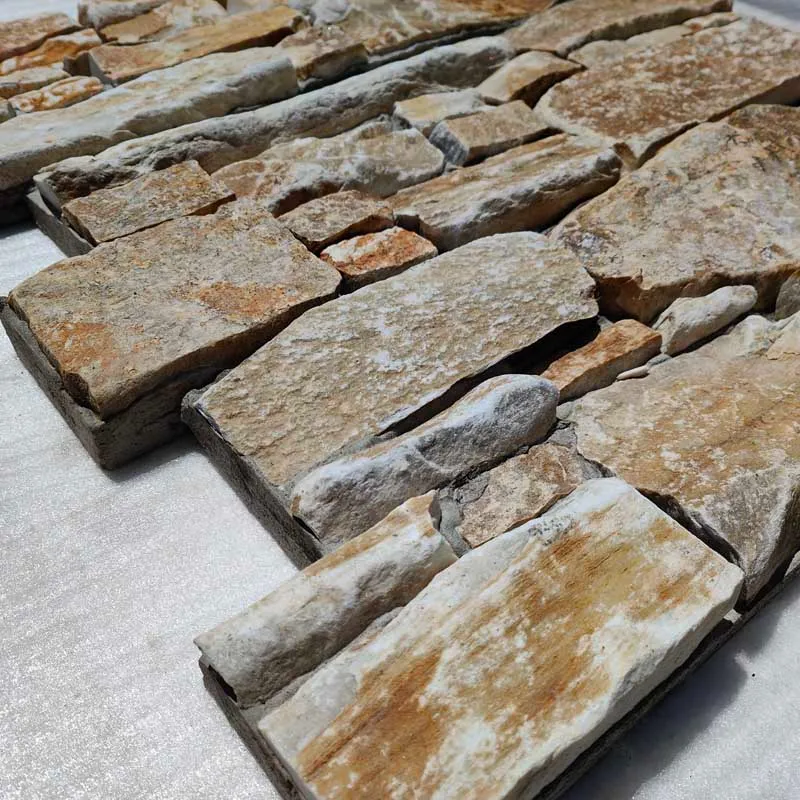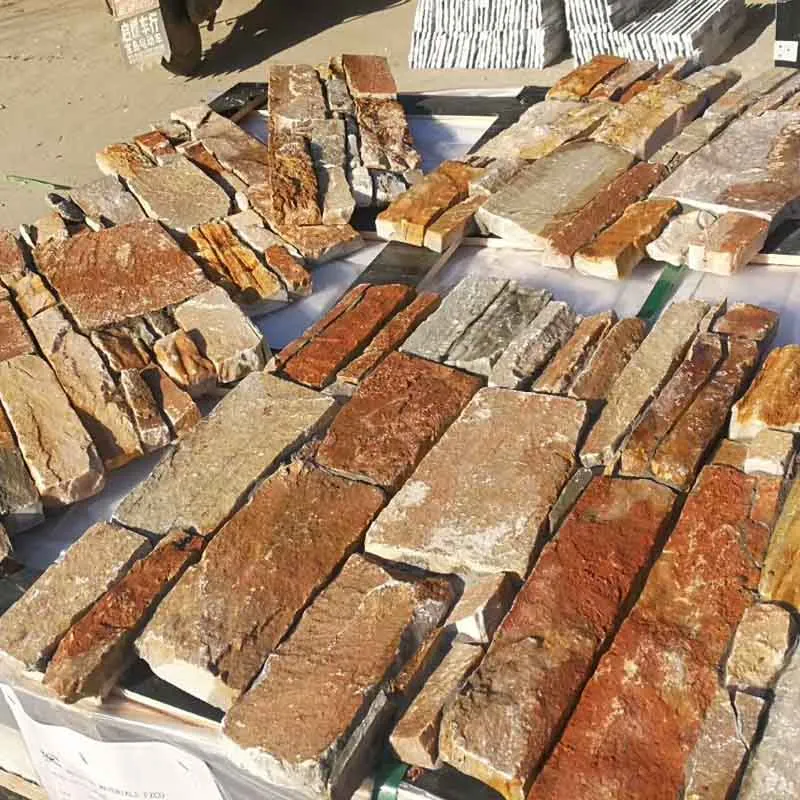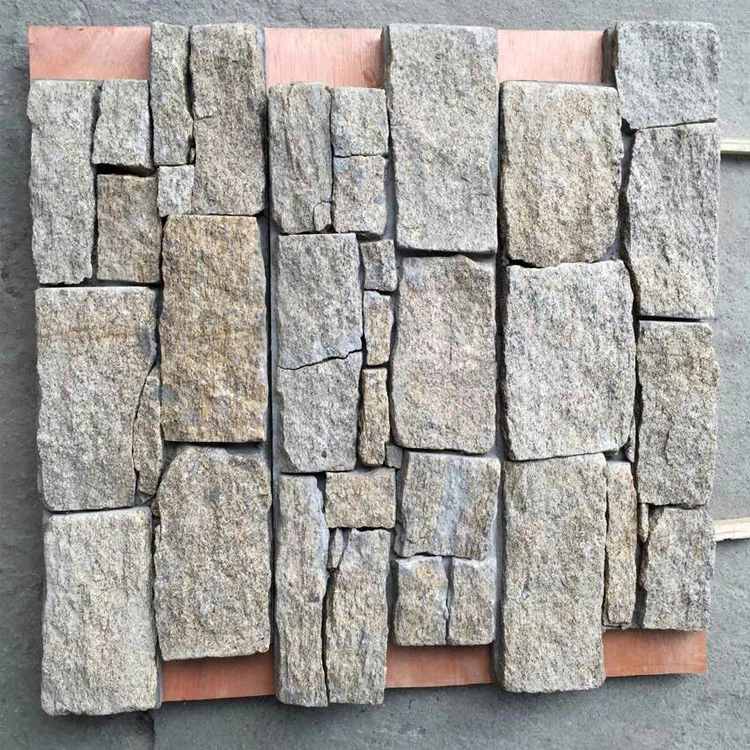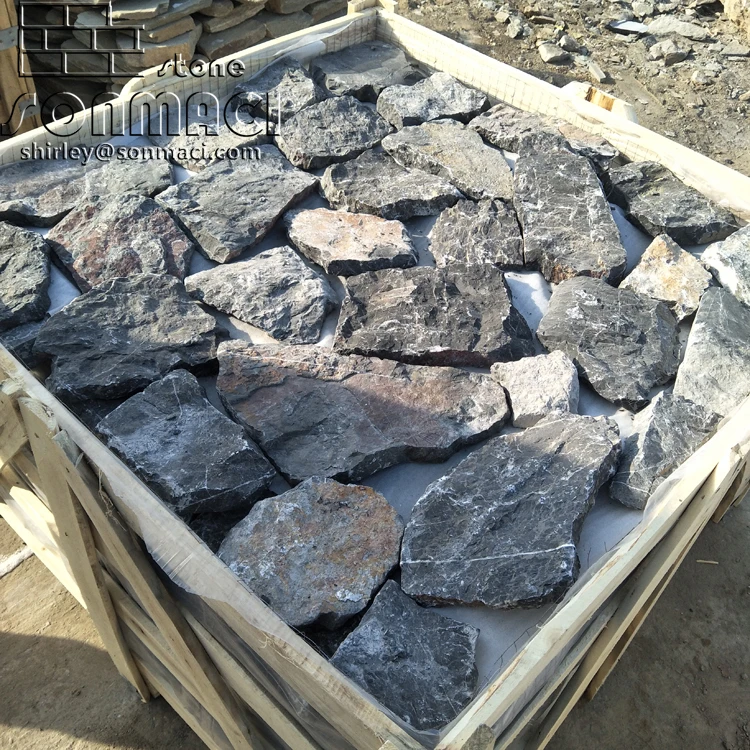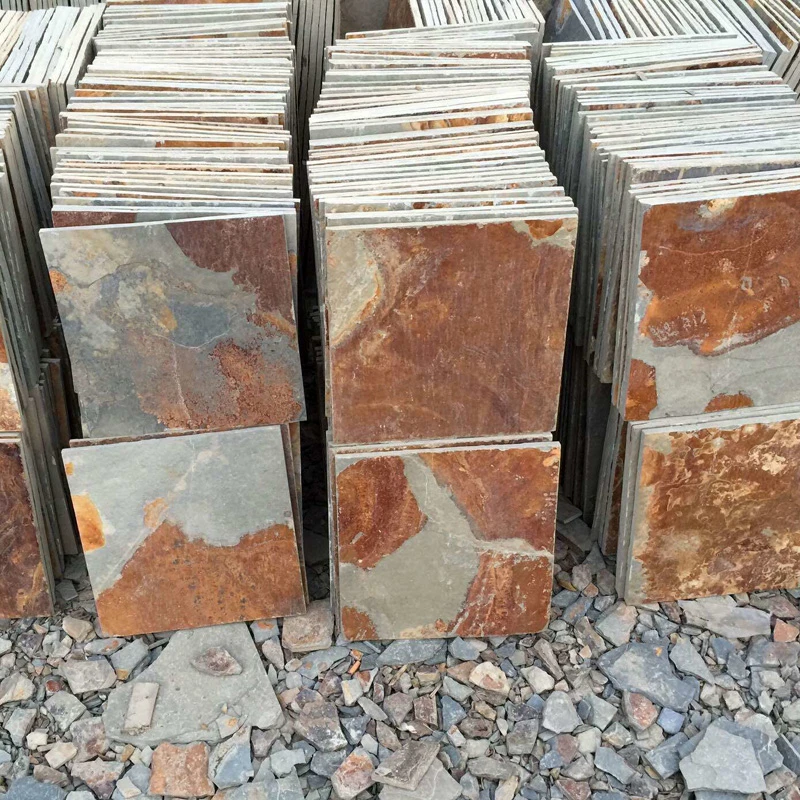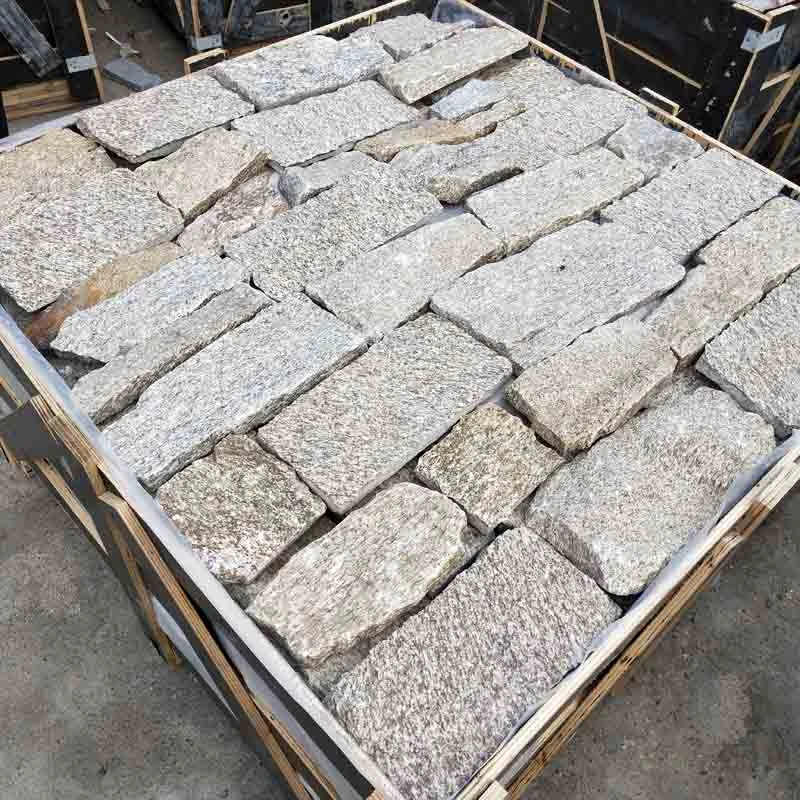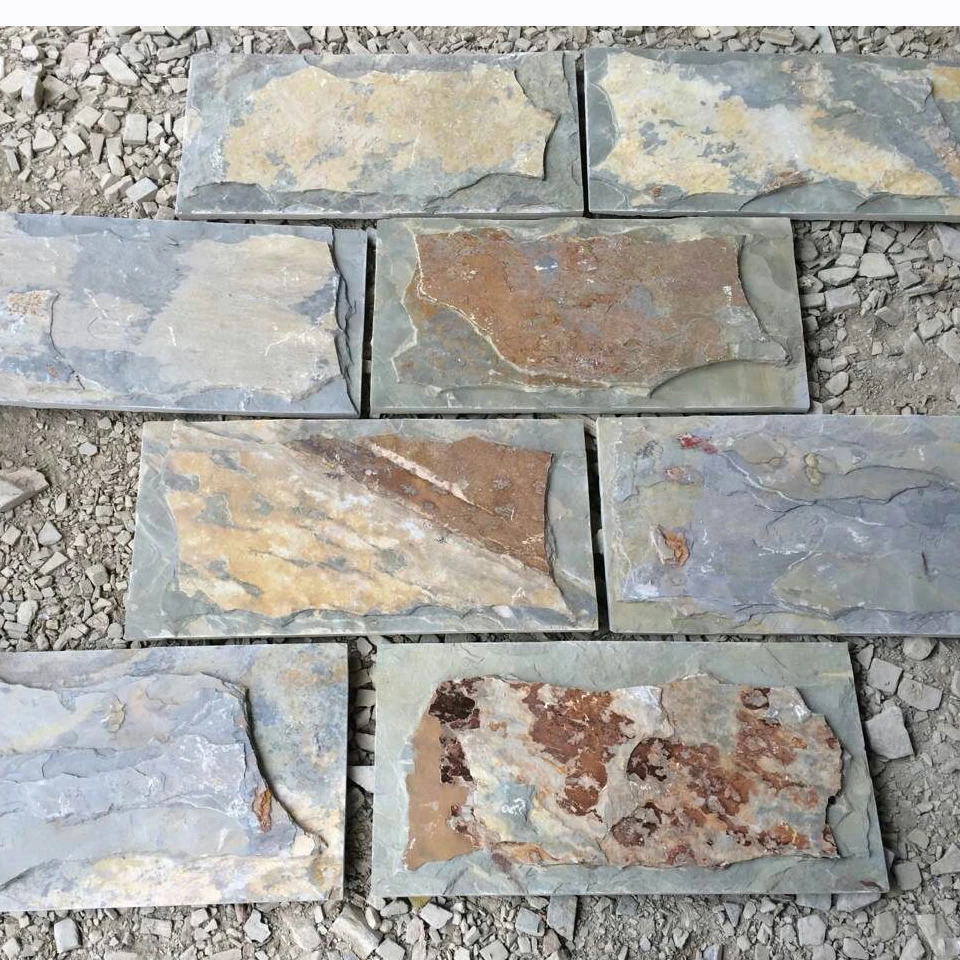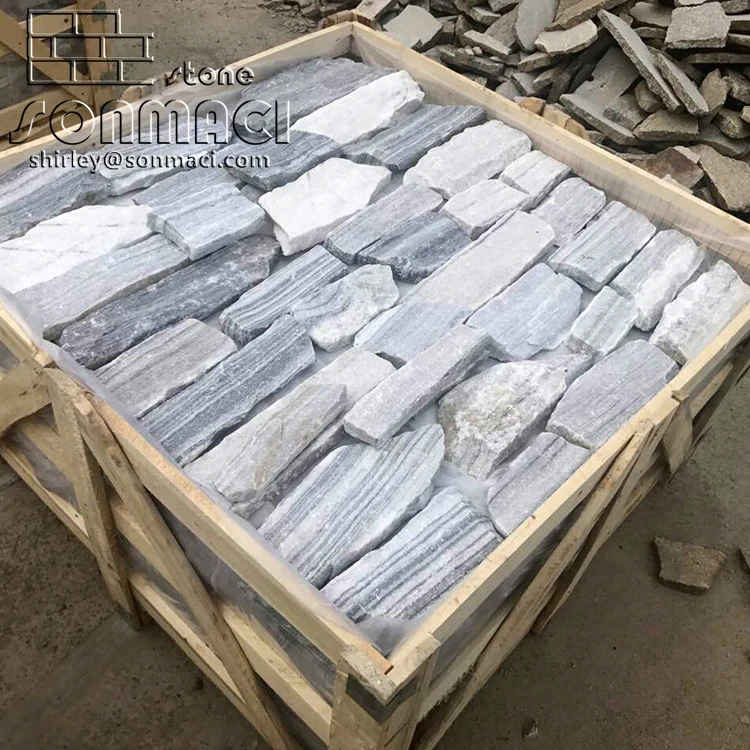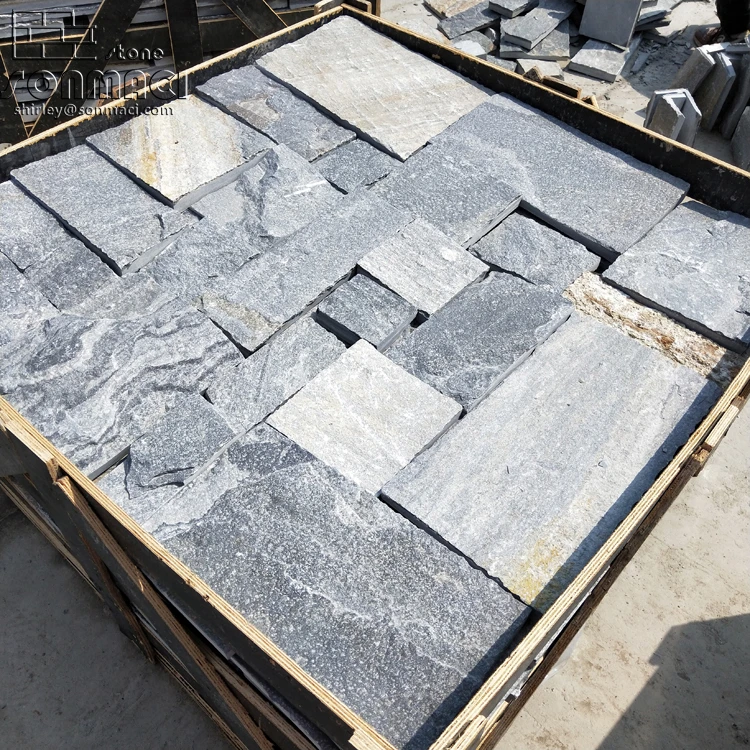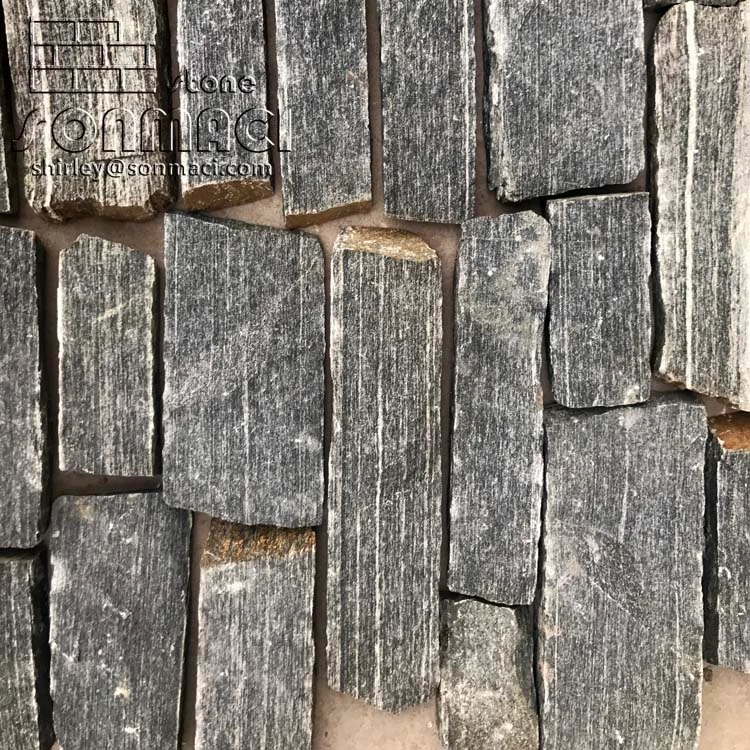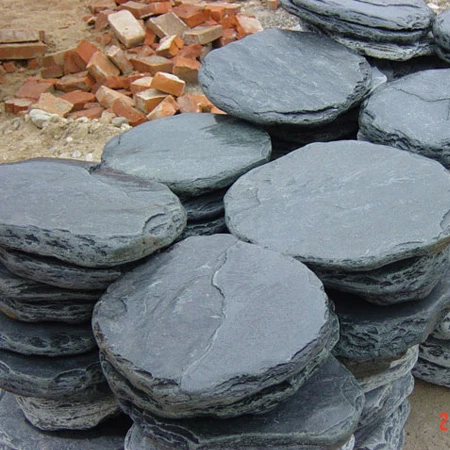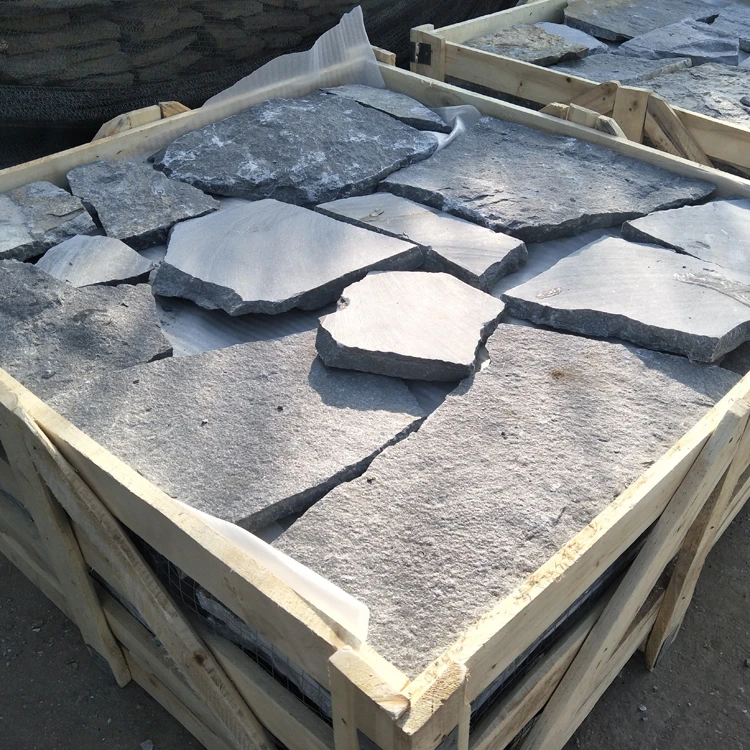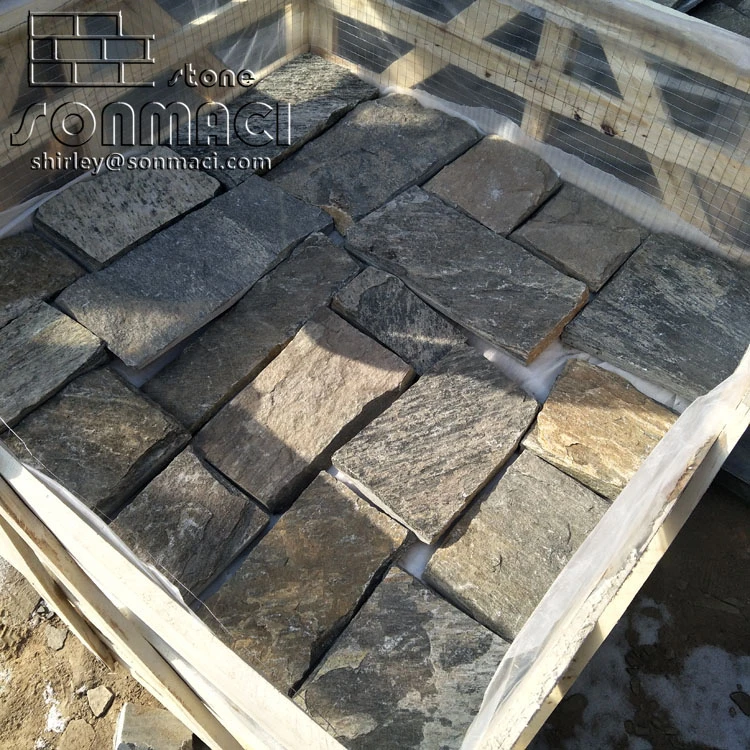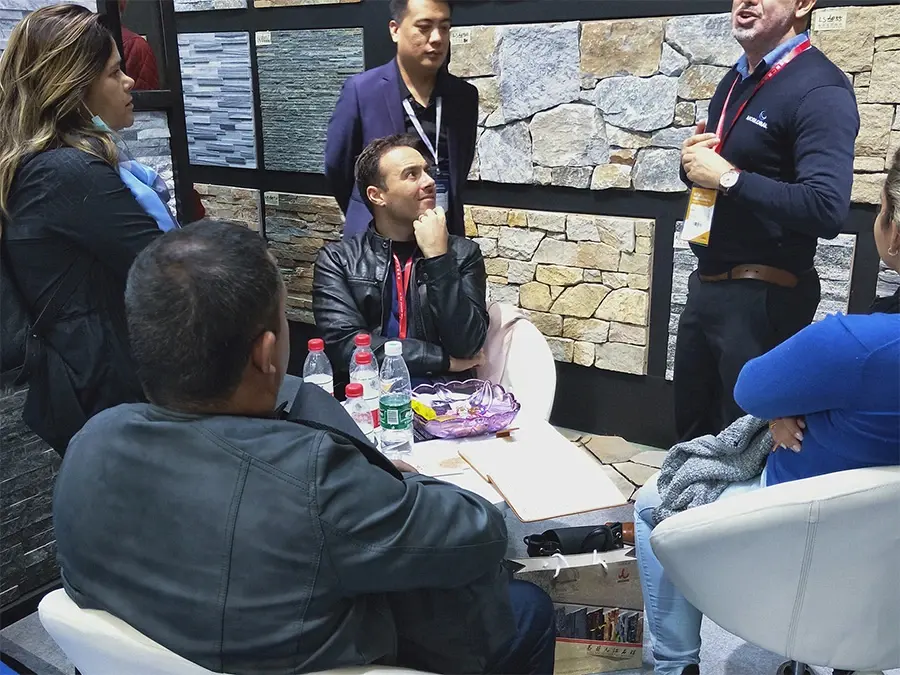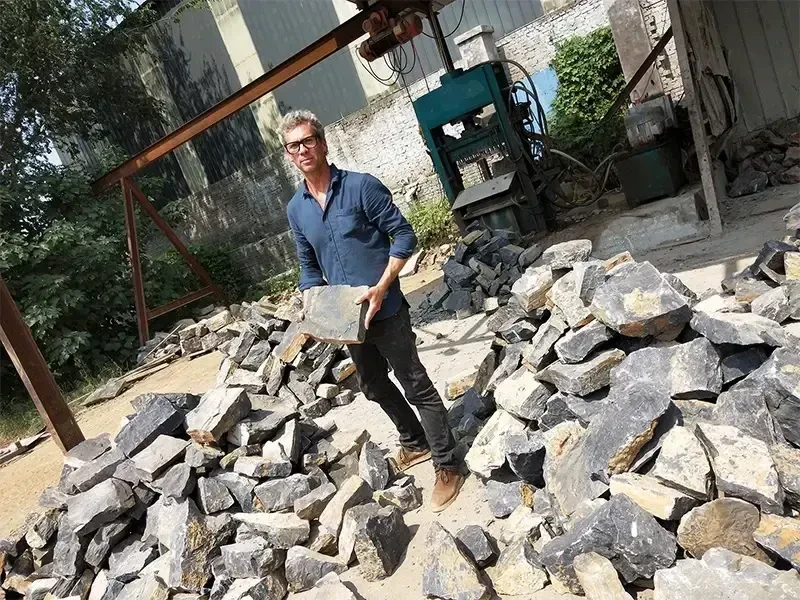SMC-CC158 China Natural Stone Sesame Yellow Granite Cement Back Ledge Stone
|
1.Products name |
Backed Cement Wall Stone Panel |
|
2. Material |
Slate/Quartzite/Sandstone/Granite etc |
|
3. color |
Rusty , Black, Yellow, Red, white, Green etc |
|
4. Popular size |
60x15x3~4cm (24"X6") 61×15.2×3~4cm 60x20x3~4cm |
|
5. Surface Finishing |
Natural Split |
|
6. Advantage |
Easy Install Easy Clean Frost resistant Non-combustible Eco-friendly Ageless design Architecturally unique Backed by a lifetime warranty |
|
7. Packing |
6pattern/carton 30carton/crate |
Product Characteristics:
1,Cleanness, weathering-resistant, corrosion-resistant, sound-absorbing, waterproof, slippery-defending, radiation-free, so people can set their mind at rest. Slate is a natural building materials, the product was widely used in public building, yards, parks swimming pools, hotels and restaurants, etc.
2,The slate has a long history, it was mined from the mineral deposit that was formed in hundreds of millions of years.
3, Every slate is one and the only one, like a natural frames. The texture is rich, the color and lustre is quaint and strong resistance to pressure.
4, It panders to the idea of advocate nature and back to nature because it puts the stone connotation and the artistry together.
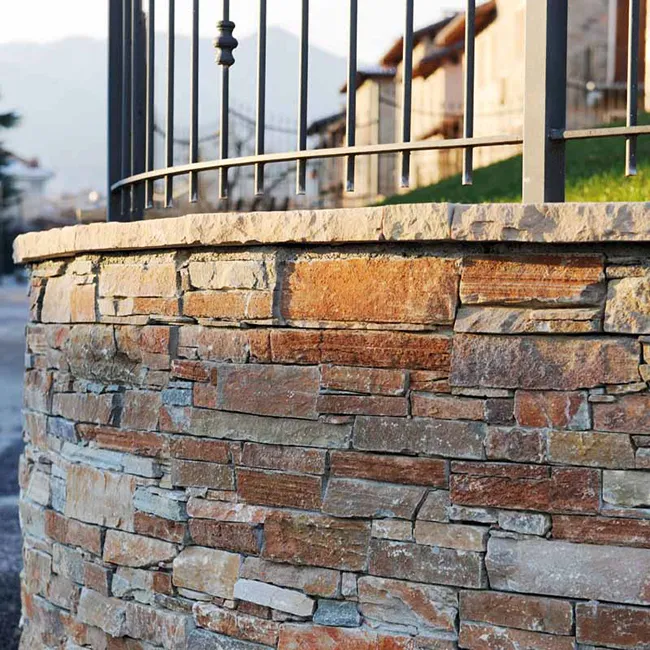
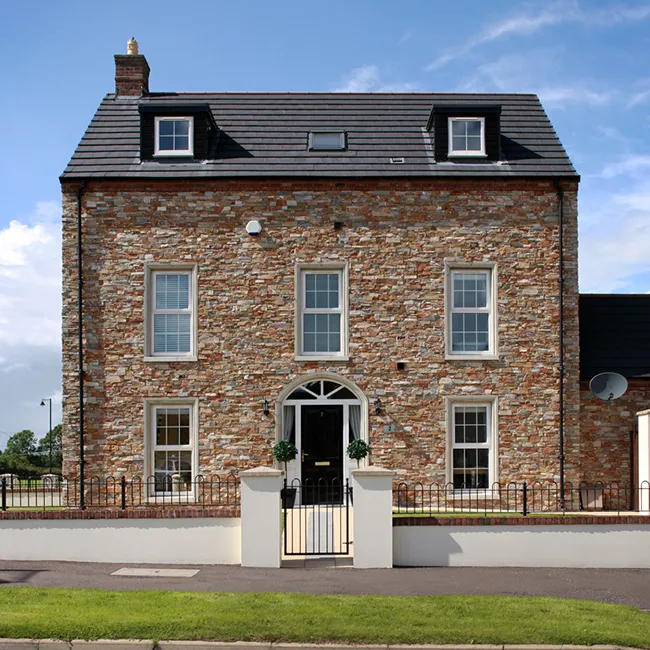
Ledgestone Manufacturers: Crafting Nature's Textured Canvases
The world of ledgestone manufacturing represents a fascinating intersection of geological science, artisanal craftsmanship, and modern engineering. These specialized producers transform raw stone deposits into dimensional building materials that capture nature's rugged beauty while meeting the precision demands of contemporary architecture. Unlike standard stone suppliers, true ledgestone manufacturers master the delicate balance between preserving a stone's natural character and enhancing its building performance through careful processing and innovative fabrication techniques.
The manufacturing process itself has evolved significantly from traditional stone splitting methods. Modern ledgestone producers employ a combination of age-old techniques and cutting-edge technology to create products that satisfy today's design and performance requirements. Waterjet cutting allows for precision thickness calibration without sacrificing natural edge details, while advanced drying systems ensure optimal moisture content before finishing. Some manufacturers have developed proprietary methods for enhancing the stone's natural cleft surfaces—techniques that might involve carefully controlled thermal shock or specialized tooling to accentuate texture without appearing artificial. These processes remain closely guarded secrets that distinguish premium ledgestone from commodity-grade products.
Material innovation represents another hallmark of leading ledgestone manufacturers. Recognizing the growing demand for lighter, more versatile stone products, many have developed thin veneer systems that maintain authentic appearance while reducing weight and simplifying installation. These engineered ledgestone solutions often incorporate reinforced backing systems or pre-assembled panels that expand design possibilities for architects working on high-rise projects or seismic zones. The most respected manufacturers achieve this without compromising the stone's genuine character—their thin veneer products remain unmistakably real stone, just more adaptable to modern construction challenges.
Sustainability practices have become increasingly central to premium ledgestone manufacturing. Forward-thinking producers implement water recycling systems that minimize quarry runoff, utilize stone remnants for secondary products like landscaping chips or terrazzo aggregates, and employ energy-efficient processing equipment. Some have even developed carbon offset programs that account for the embodied energy in their extraction and fabrication processes. These environmental considerations add value for architects and homeowners seeking LEED-certified materials without sacrificing aesthetic goals.
The relationship between manufacturers and installers forms another critical aspect of quality ledgestone production. Leading manufacturers don't simply sell stone—they provide comprehensive technical support that ensures proper installation and long-term performance. This might include developing specialized mortars tailored to their stone's porosity, creating detailed installation manuals with climate-specific recommendations, or offering on-site training for masonry crews. Such support reflects an understanding that even the finest ledgestone only achieves its full potential when installed correctly, and that manufacturer responsibility extends beyond the factory gate.
Design collaboration has emerged as a key service offered by top-tier ledgestone manufacturers. Their material experts work directly with architects and designers to select stone varieties that will perform well in specific applications while achieving desired visual effects. This consultative approach might involve creating custom blends of stone sizes and colors for large projects, developing mockup panels to visualize ledgestone patterns at scale, or even crafting entirely custom finishes to match historical restoration requirements. The best manufacturers serve as creative partners rather than mere material suppliers.
Globalization has reshaped the ledgestone manufacturing landscape, with premium producers maintaining consistent quality across international projects through rigorous quality control protocols. Sophisticated inventory management systems track stone lots from quarry to jobsite, ensuring color consistency across shipments that might span months or years. This logistical precision enables architects to specify ledgestone for projects worldwide with confidence that the installed result will match their design intent.
